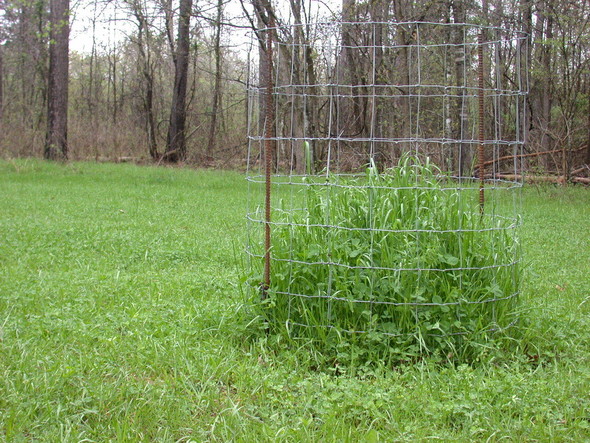Snags for WildlifeAn often overlooked component of wildlife habitats are snags, dead standing trees that are left to naturally decompose. Hundreds of species including birds, squirrels, bats, raccoons, and more use nearly every part of a snag while it decays. Hollowed out cavities used for nesting are the most noticeable way snags are beneficial to wildlife. These cavities and nests provide shelter from predators and harsh weather, while providing a safe place to raise their young. Some species like squirrels and chipmunks use snags to store food for later use. Birds of prey perch on the limbs of a snag searching for their next meals. Insects, mosses, lichens, and fungi are attracted to decaying trees and provide a food sources for woodpeckers, lizards, frogs, and more. Also, there are vital nutrients a decaying tree releases into the soil as it decomposes. If you are managing for wildlife on your property, consider leaving snags on the landscape for the benefit of many wildlife species. Measuring Browse Pressure in Food Plots: Food Plot Exclusion CagesManaging for our native wildlife can be complicated, and often times a game of trial and error. This is especially true when managing food plots. With so many seed blends available on the market, it can sometimes be a bit overwhelming for a land manager to make a selection. After all, most managers want to have the assurance that what they have selected and planted will be the most attractive to the wildlife on their property. So, what can help solve this conundrum? The answer is an exclusion cage. When installed in food plots, exclusion cages can provide insight as to how much browse pressure your food plots are receiving; particularly from deer. In addition, exclusion cages can help reveal what seed blends the deer on your property find the most attractive. Exclusion cages are easy and cheap to construct. To construct an exclusion, start by cutting a piece of 1 inch x 2 inch wire mesh and form a circle or square 3 feet wide x 4 feet tall. After planting is completed, place the exclusion in the plot and secure with stakes (t-posts, re-bar, etc.) so that it cannot be easily pushed over by wildlife. Avoid placing the exclusion in an area of the field that experiences flooding, prolonged periods of shading, or low fertility to obtain the most accurate representation of browse pressure possible.
|

